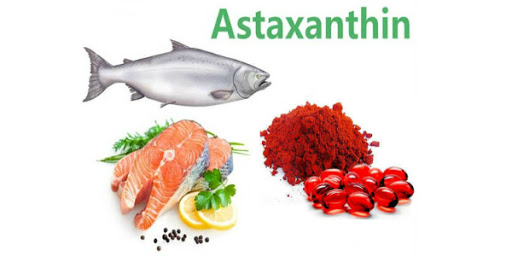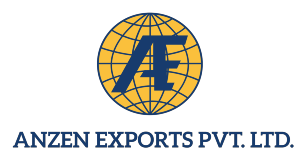
Xanthophyll carotenoid is a pigment that confers a yellow or red color. It is known as a secondary metabolite, which is synthesised in bacteria, yeast, and microalgae. Astaxanthin medicinal uses are clinically approved and are widely used in nutraceuticals and cosmetics products. (1)
Table of Contents
Sources of Astaxanthin
The natural sources of Astaxanthin are salmon fish, crayfish, shrimp, algae, yeast, microorganisms, etc. The best natural source is Haematococcus pluvialis. However, it is also commercially cultivated by chemical synthesis. Various sources of it are:
- Chlorophyceae sources are derived from green algae like Haematococcuspluvialis, Chlorococcum, Chlorella zofingiensis, and Neochloris wimmeri.
- Ulvophyceae sources are derived from macroscopic seaweeds like Enteromorphaintestinals, Ulvalactuca, etc.
- Florideae sources are multicellular red algae. E.g., Catenellarepens. (2)
How it is Extracted?
Astaxanthin is gathered inside the encysted cells of the species Haematococcus. It is a lipophilic compound that can be diffused in oils and solvents. It is extracted by diffusing in acids, solvents, and edible oils by the enzymatic method with microwave assistance.
Also Read- Role of Antioxidants in Fighting Diseases
Medical Advantages or Benefits
- Skin –There is an array of Astaxanthin benefits for the skin. It controls skin aging, dermal damage, sunburn, and prohibits photoaging by oxidative metabolism. It has high antioxidant properties. It also has anti-inflammatory properties that prohibit skin damage or DNA damage. It is often found in topical cosmetics to help retain skin moisture, smooth wrinkles, and age spots.
- Joint Pain –It reduces inflammation, pain symptoms, arthritis, etc. It ceases the inflammation in the biological activities and oxidative damager. It has a dose dependent gastro-protective effect.
- Anti-Diabetic Effect – Astaxanthin has vast health benefits. It works miraculously on reducing oxidative stress causing hyperglycemia in the β-cells of the Pancreas.
- Cardiac Health – It fights against atherosclerotic cardiovascular disease. It reduces hypertension and improves the thickness of the arterial wall and elastin levels.
- Anticarcinogenic–Antioxidant compounds in Astaxanthin decrease carcinogenesis and mutagenesis by reducing oxidative damage of the cells.
- Immunomodulation – It has an effective immune-modulating capacity that fights against free radicals.
- Liver Disease – Effects of Astaxanthin on liver damage prevents acute injury by alleviating insulin resistance. It protects from liver fibrosis, cancer, fatty liver, and a lot more.
- Eye Health – Astaxanthinpromotes eye health and prevents ocular diseases (3)
Bioavailability
Astaxanthin is fat soluble and has a high absorption capacity in dietary oil. Its lipophilic compounds are metabolically transformed before it gets excreted out. (4)
Pharmacokinetics
Carotenoids present in Astaxanthin are absorbed in the body in form of lipids and then transformed to the liver by the lymphatic system. Hence, a high fat diet increases absorption. After getting mixed with bile acid it makes micelles in the intestine. Then it gets assimilated with lipoprotein and infuses in tissues. (5)
Anzen Exports trading Nutraceutical Extracts
Astaxanthin is one of the top ten products exported by Anzen Exports to multinational pharmaceutical and nutraceutical companies. We have an array of nutraceutical extracts, active pharmaceutical ingredients, and herbal extracts.
To enquire about our product line and for any other information connect with us or fill up the inquiry form.
Disclaimer:
Anzen Exports’ blog posts are based just on our research from cited websites. To be best informed, we advise consulting a doctor about an ingredient or medicine prior to taking it.
Sources:
- NCBI
Website – https://www.ncbi.nlm.nih.gov/pmc/articles/PMC5946307/ - NCBI
Website – https://www.ncbi.nlm.nih.gov/pmc/articles/PMC3917265/#:~:text=The%20natural%20sources%20of%20astaxanthin,Haematococcus%20and%20through%20chemical%20synthesis. - NCBI
Website – https://www.ncbi.nlm.nih.gov/pmc/articles/PMC3917265/ - Healthline
Website – https://www.healthline.com/health/food-nutrition/salmon-and-cholesterol - NCBI
Website – https://www.ncbi.nlm.nih.gov/pmc/articles/PMC3917265/#:~:text=The%20natural%20sources%20of%20astaxanthin,Haematococcus%20and%20through%20chemical%20synthesis.
